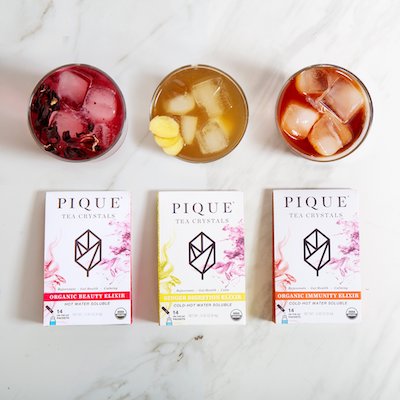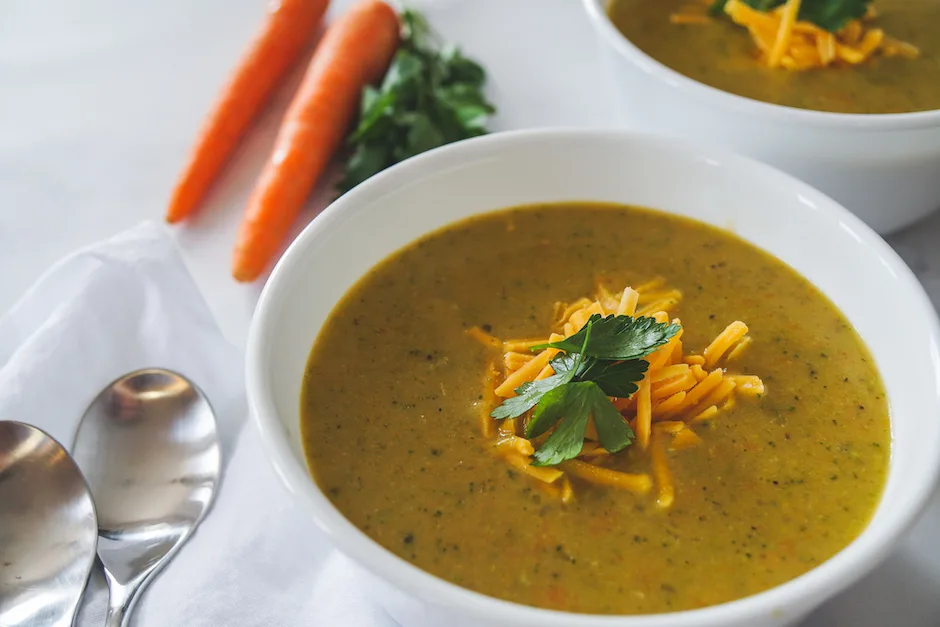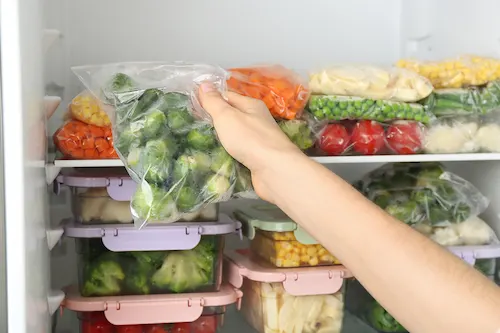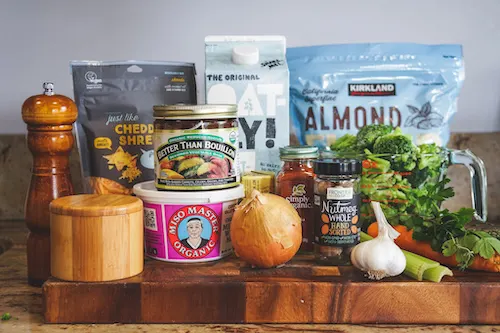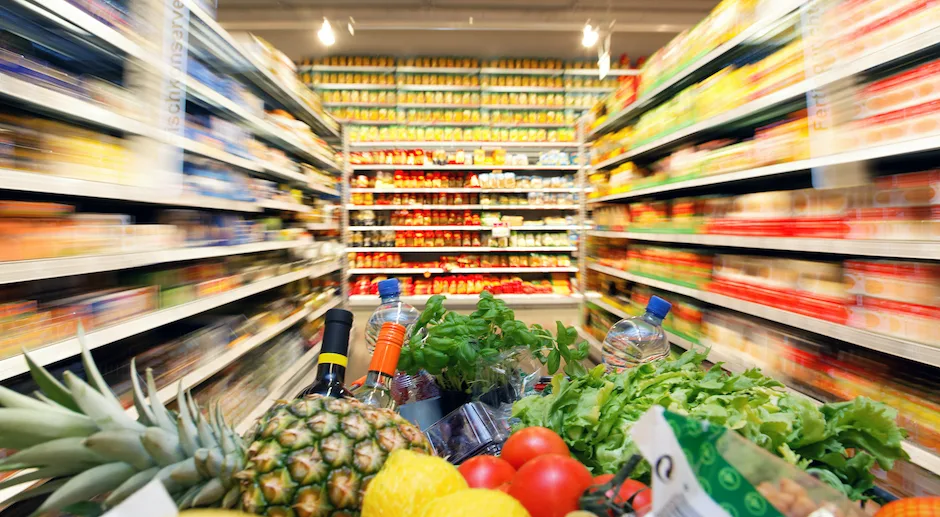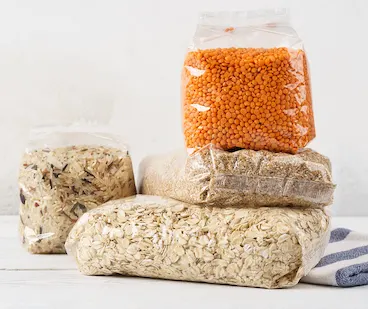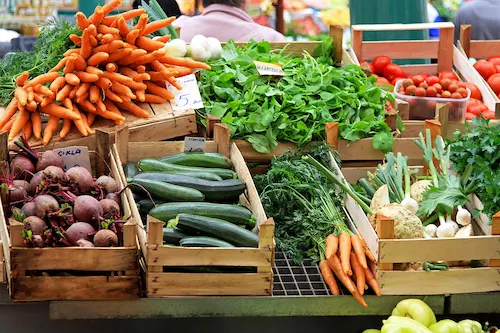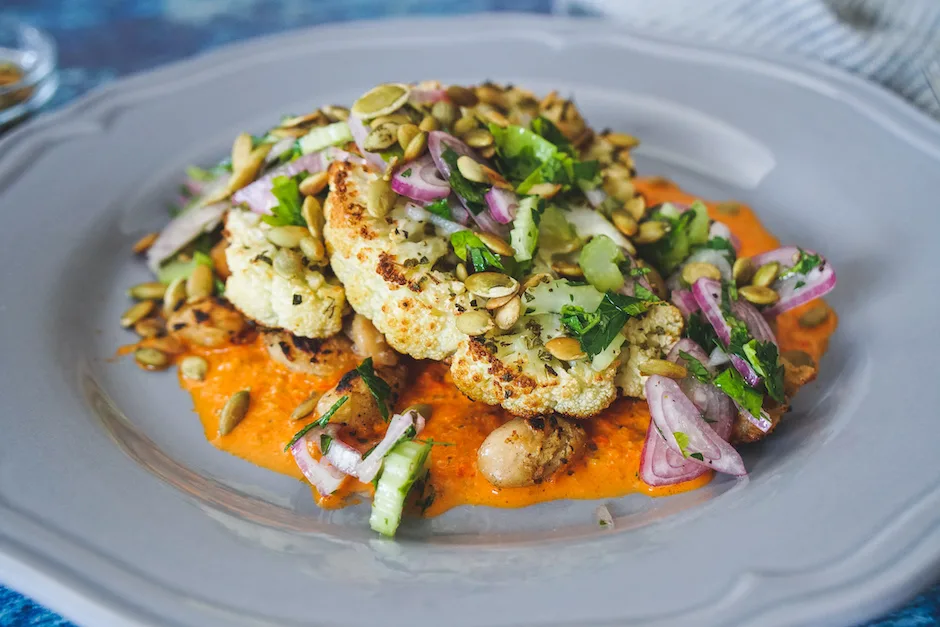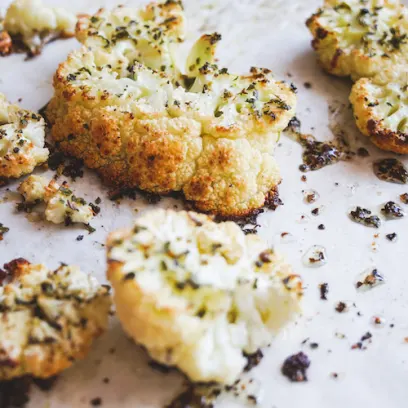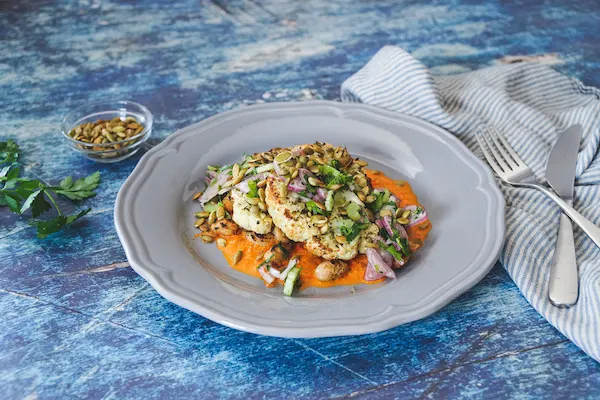Raise your hand if you love tea. I love the comforting feeling of a warm mug in my hands and the aroma of a steamy herbal concoction. I especially love that I can drink a variety of teas that actually benefit my health. Teas contain powerful polyphenol antioxidants that support the immune system. I drink tea because I enjoy it, but I love that it also provides immune-boosting benefits.
Polyphenols
Our cells are constantly under attack by free radicals. That’s why we need to take in beneficial antioxidants. They bind to free radical cells and prevent them from causing widespread oxidative stress. (Check out this post for an in-depth explanation.) Because we are constantly encountering toxins that cause free radicals, it’s important that we provide our bodies with a continuous supply of antioxidants. The more we take in, the less demand on our immune system.
Polyphenols are natural antioxidant compounds found in plants. Consuming fruits and vegetables supplies the body with loads of vitamins as well as these essential antioxidants. Another excellent source of polyphenols is tea. In fact, of all superfoods, tea has some of the highest levels of polyphenols.

Tea contains powerful polyphenols that provide a variety of health benefits:
- Prevention of cancer and cardiovascular diseases
- Anti-inflammatory and antioxidant
- Anti-arthritic
- Antibacterial and antiviral
- Neuroprotective
- Cholesterol-lowering effects
- Supports weight management
Whether you prefer black, green, or herbal tea, each variety contains unique polyphenols. These are what contribute to the immune-boosting benefits of tea.
Black Tea
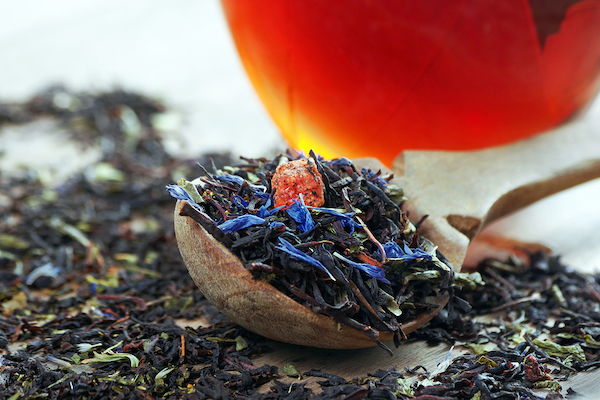
Black tea contains the polyphenol known as theaflavins. These antioxidants are especially protective against viruses in the body. Some studies show that they prohibit viral entry into cells. Furthermore, a recent study shows that theaflavins may provide some protection against the COVID-19 virus. The study demonstrates how theaflavins interfere with the replicating mechanism of the virus.
Green Tea
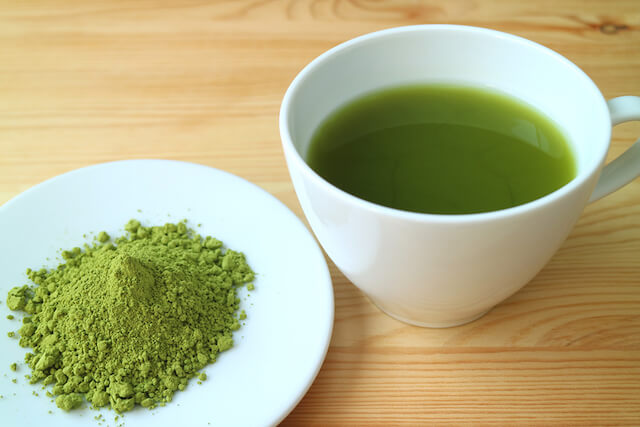
Green tea actually comes from the same plant as black tea, however it is processed differently. Freshly tea leaves are steamed to prevent fermentation, yielding a dry, stable product. This steaming process destroys the enzymes that break down color pigments in the leaves. This allows the tea to maintain its green color. Additionally, this process preserves natural polyphenols called catechins. In fact, up to 30% of green tea composition consists of these polyphenols.
Recent studies show promising action of catechins against viruses in the body. These polyphenols protect cells from virus invasion by interfering with the virus’ ability to penetrate cell membranes and impeding viral replication. The inhibitory effects of catechins on multiple viruses make them a powerful alternative agent to combat viral diseases.
Herbal Tea
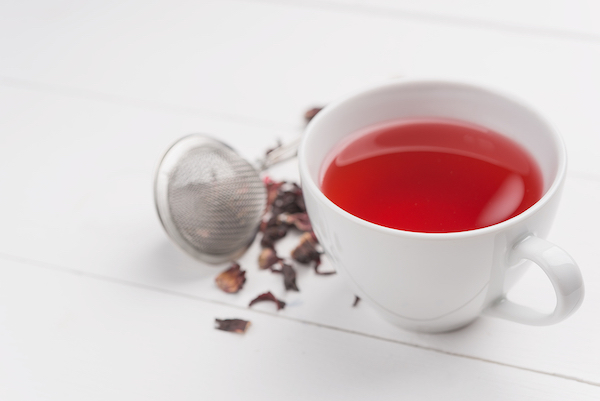
Many cultures rely on herbal medicines to treat a variety of health conditions. Each herb possesses unique flavonoids with antioxidant activities in the body. Steeping a concoction of herbs in tea provides a mixture of healing polyphenols that not only taste great, they get to work immediately.
For example, Rooibos tea contains a combination of polyphenols that help reduce stress, improve sleep, and scavenge free radicals in the body. Less stress, better sleep, and reduced oxidative stress equals better overall immune function. Rooibos also contains quercetin. This antioxidant helps to reduce various kinds of inflammation, and some people claim it helps alleviate allergy symptoms. Additionally, studies show that quercitin acts as an antiviral by interacting with certain viral proteins and inhibiting viral entry into the cell. While this evidence is based largely on quercitin’s actions on influenza, researchers postulate that it may exert the same mechanism on other viruses, including the coronavirus.
Go Make a Cuppa
Now you know that your cup of steamy hot tea is more than just a comfort. It actually helps your immune system combat illness. If you want to enjoy the immune-boosting benefits of tea, check out one of my favorite brands: Pique Tea. Pique Tea is specially formulated to provide health benefits, and they even have teas specifically for immune support. The tea is crystalized, so you can brew it hot or cold. With dozens of flavors and target uses, Pique literally has a tea for everyone. Order some today!
Looking for more ways to boost immunity?
Check out 7 Ways to Naturally Boost Immunity.

